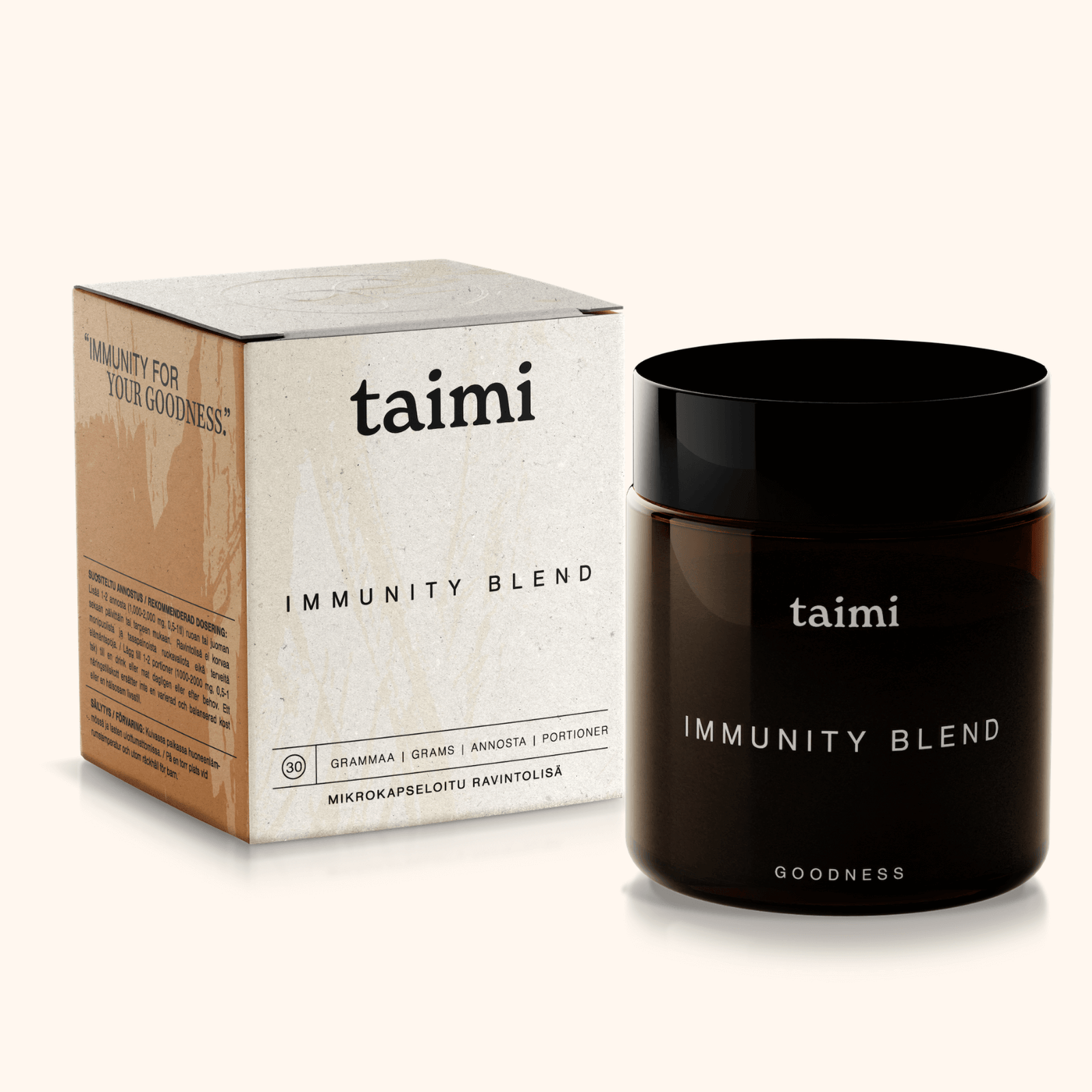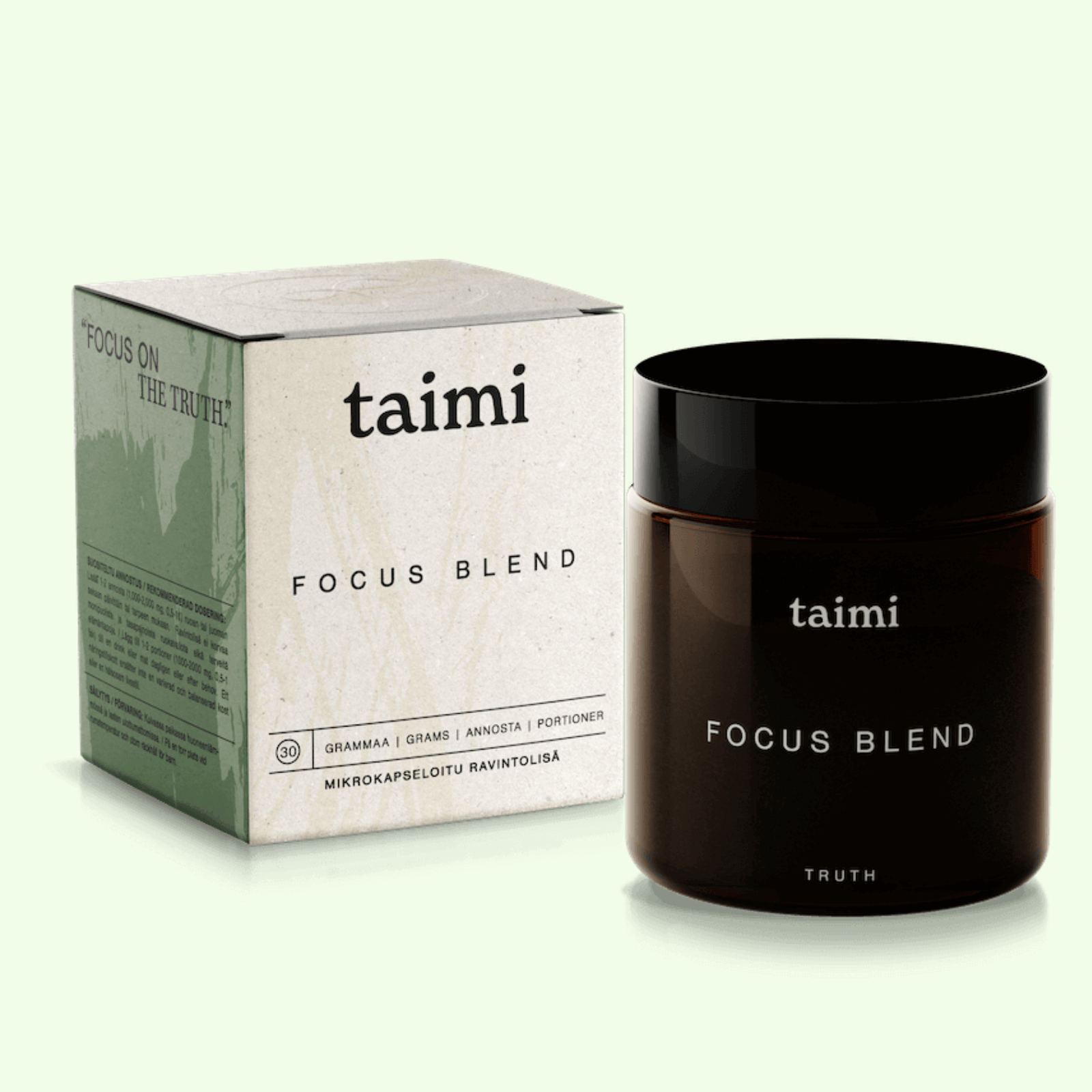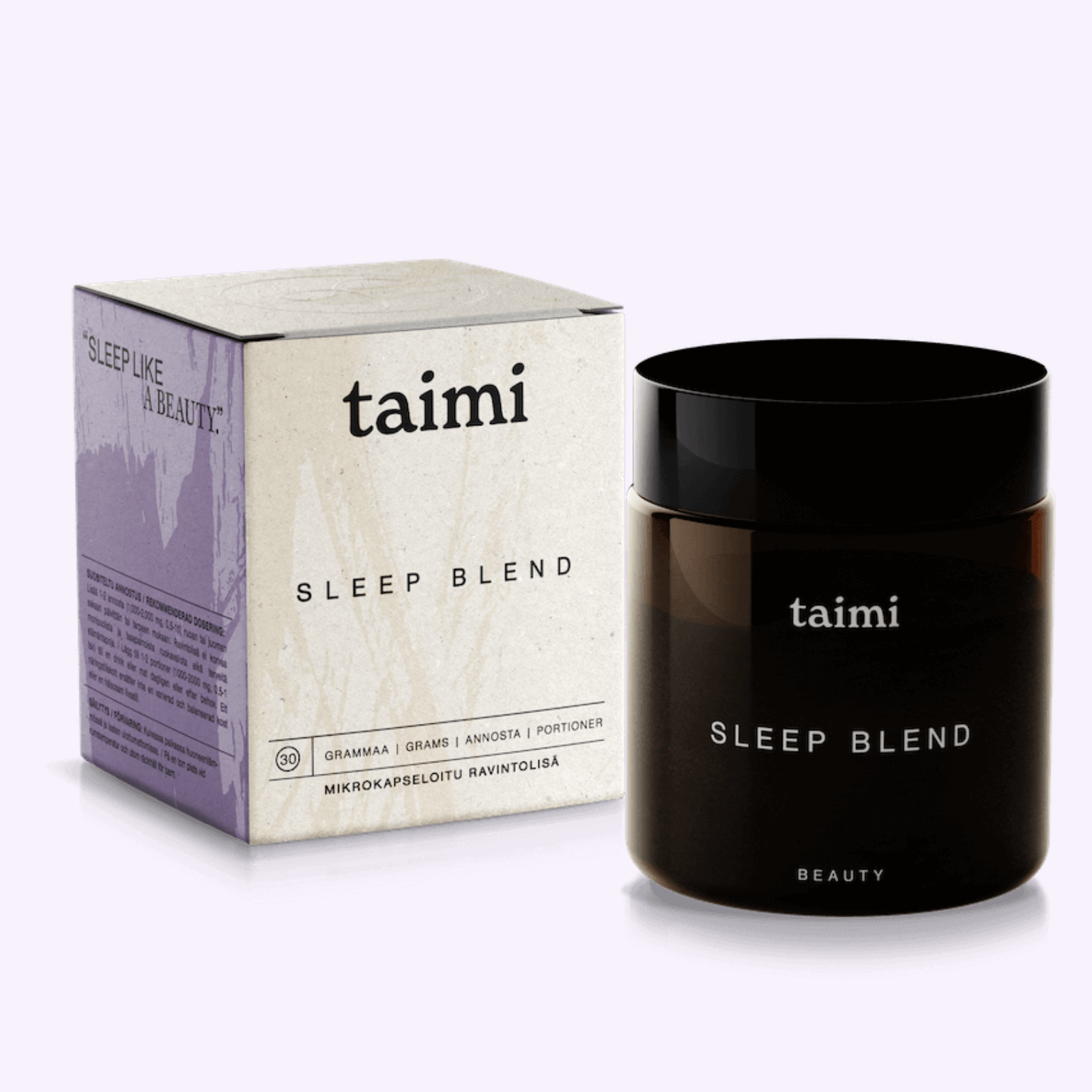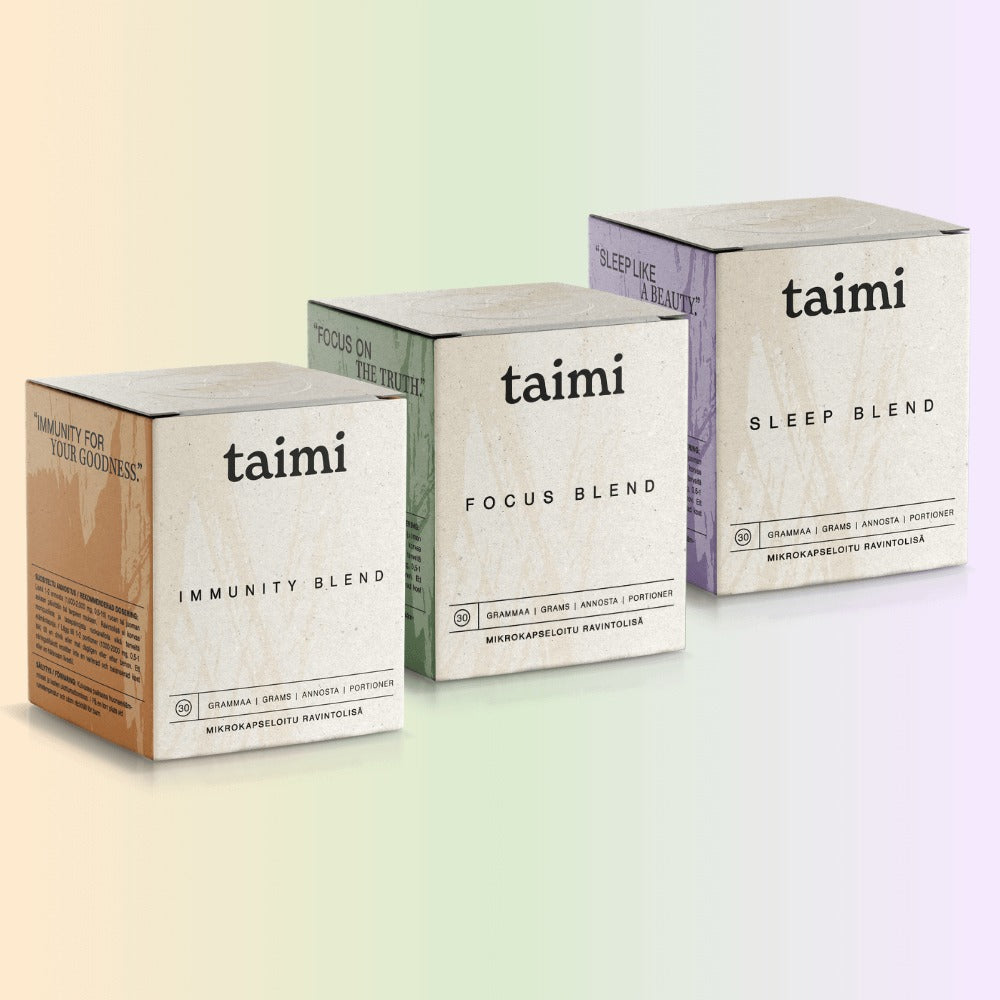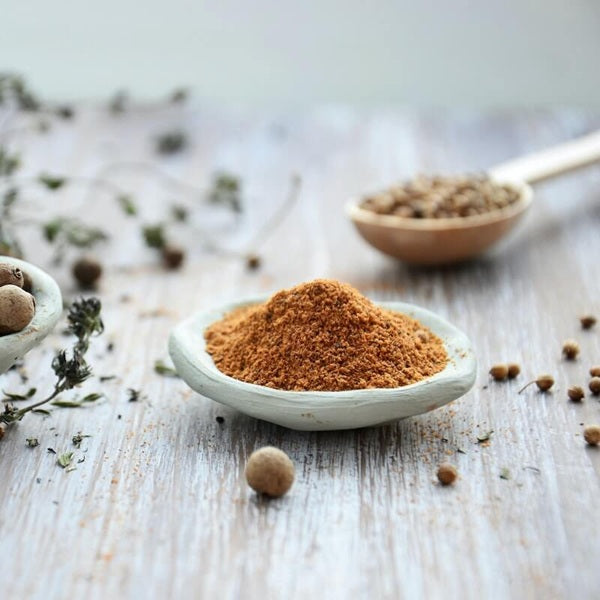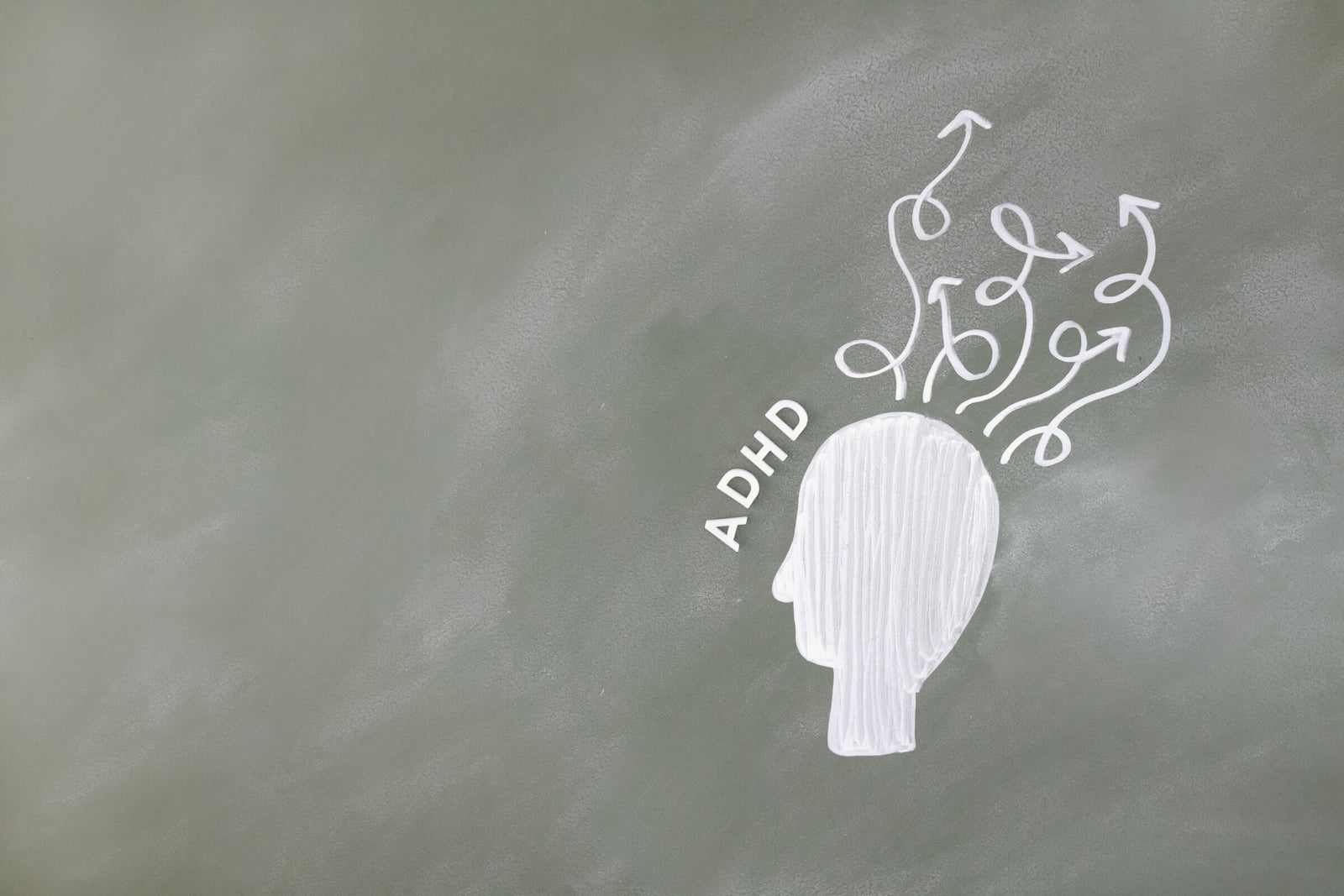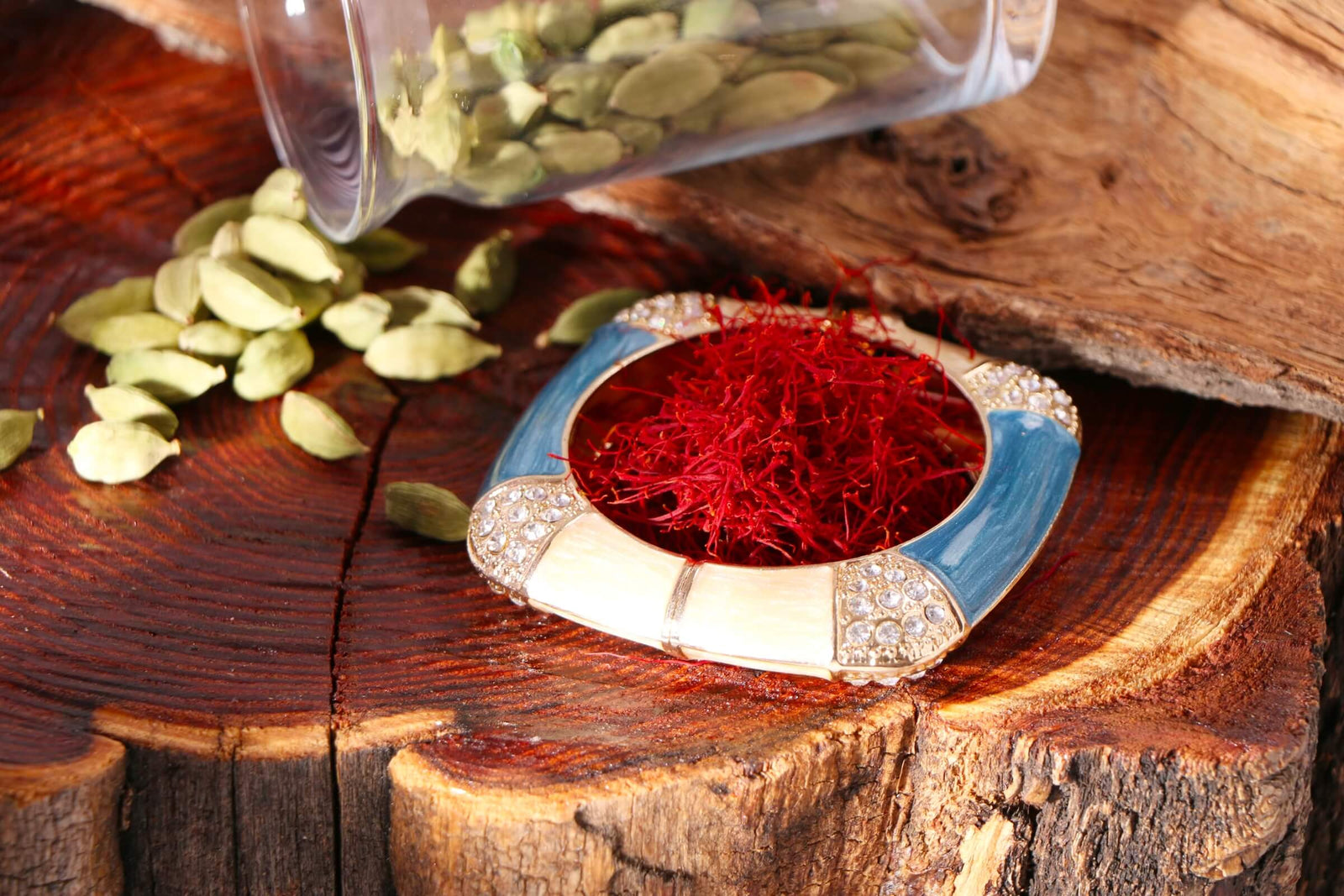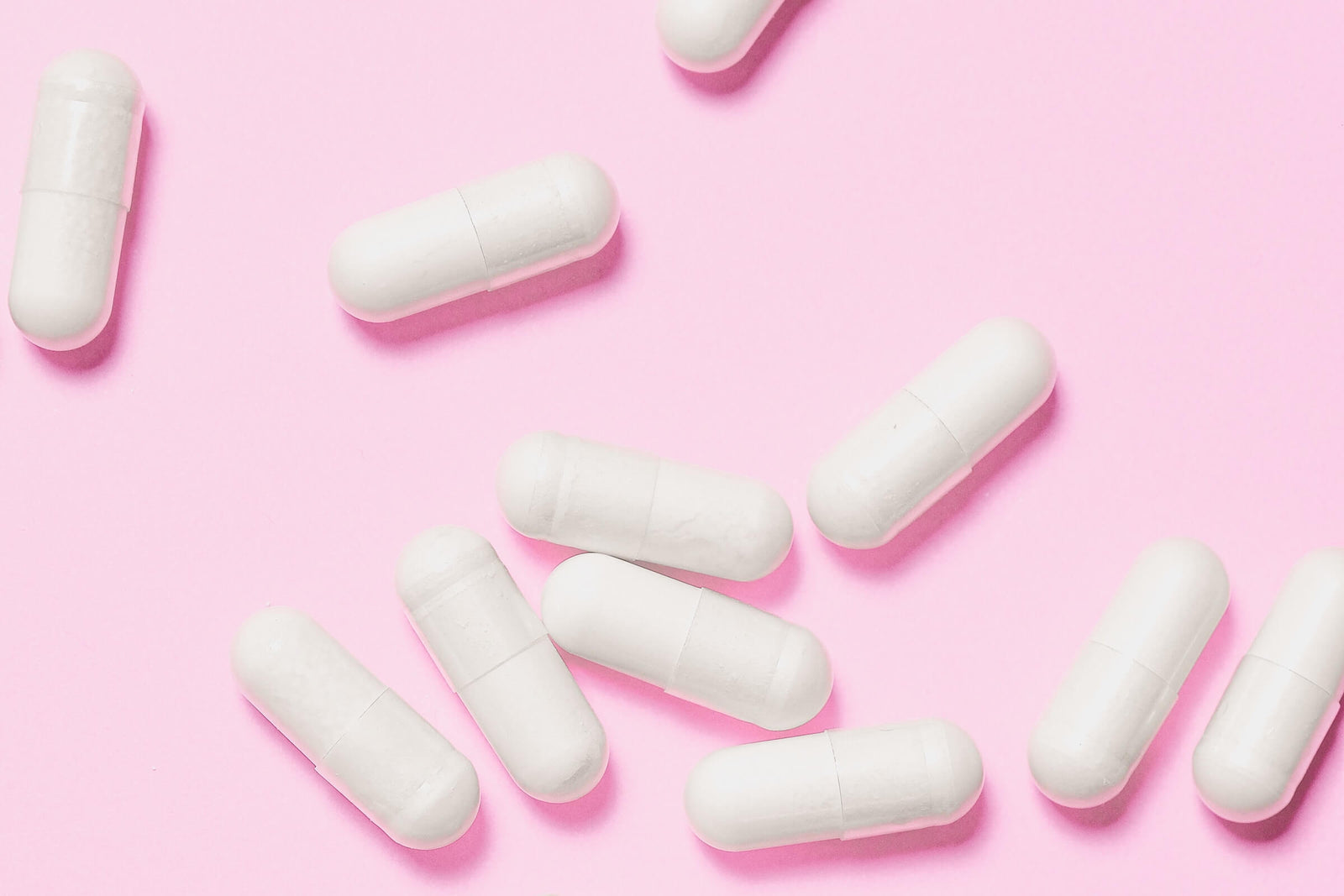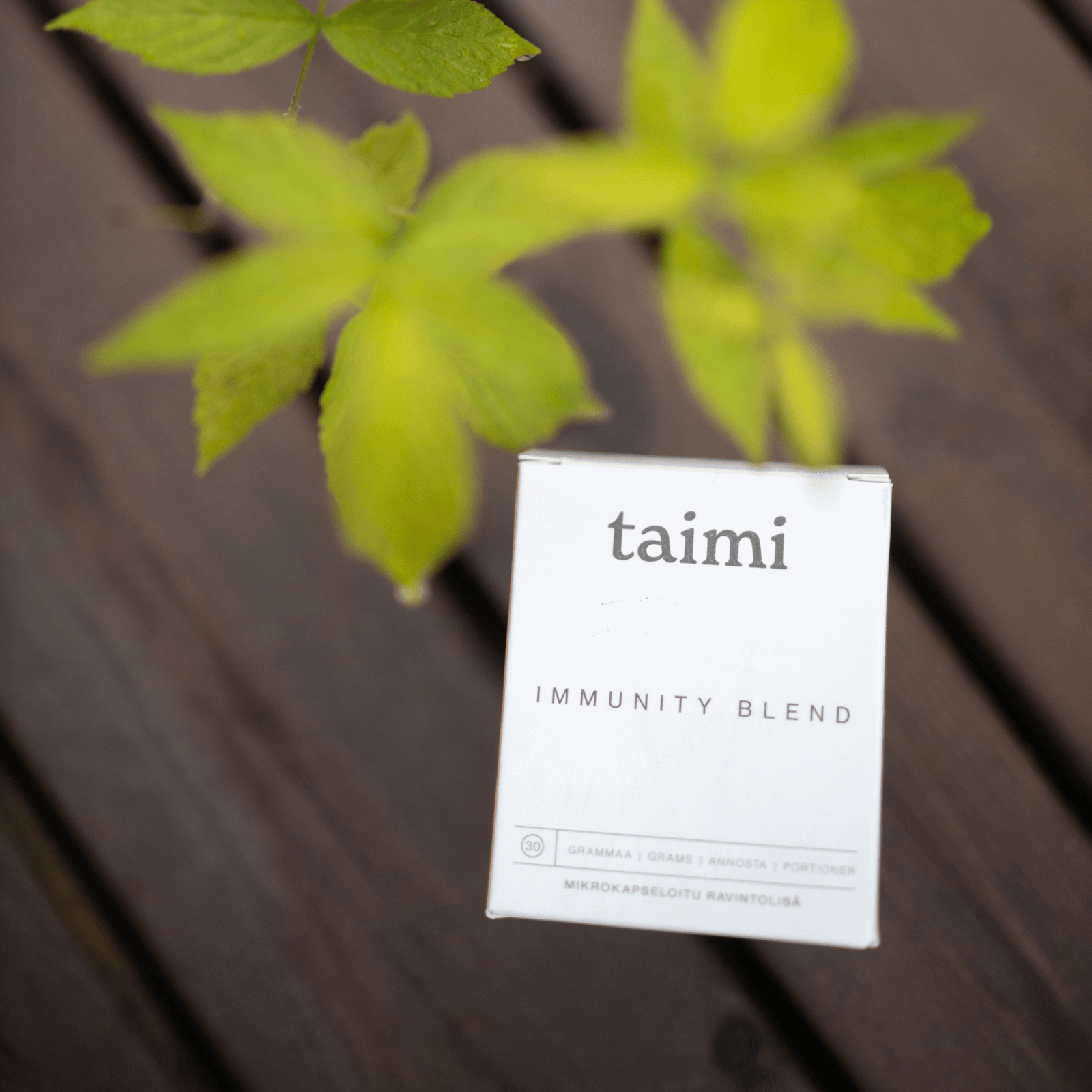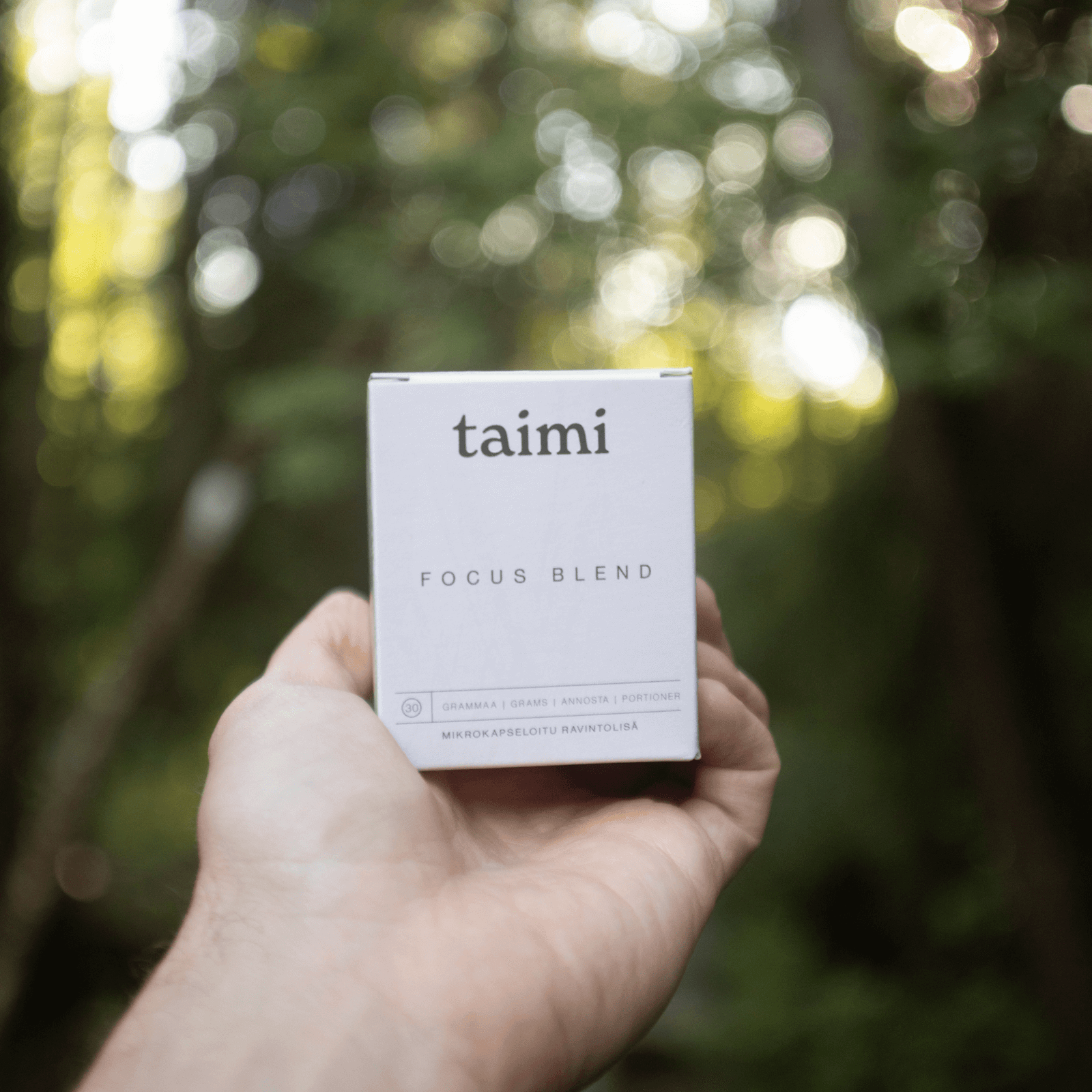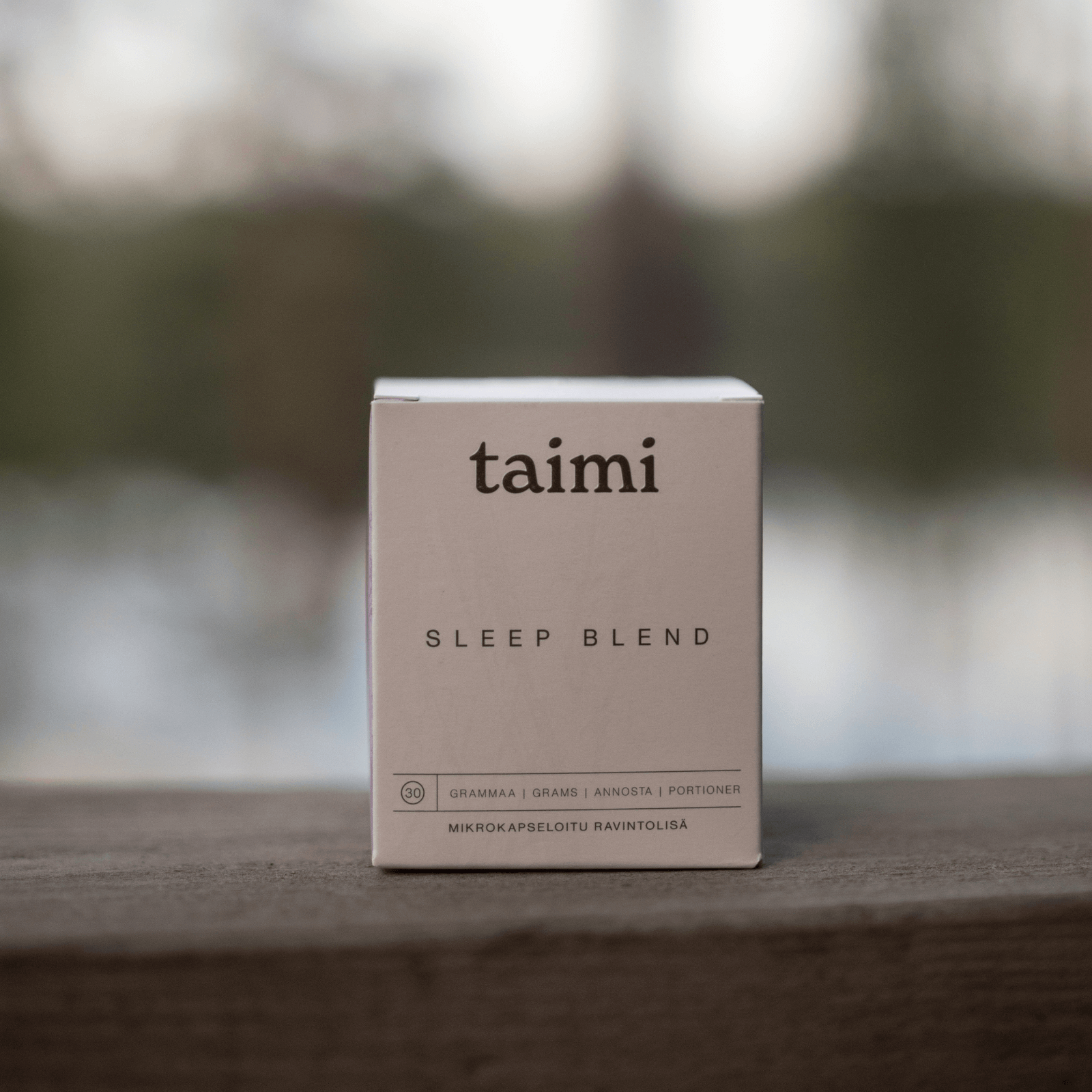Difficulty concentrating, impulsiveness, excessive energy and inability to sit still are some of the most common symptoms of ADHD (Attention Deficit Hyperactivity Disorder). The number of children diagnosed with ADHD continues to rise, but researchers don't know why. In a study conducted in 1989 , it was estimated that even more than 7% of children and young people in Finland suffer from ADHD.
ADHD has three main subtypes: Hyperactive-Impulsive, Inattention, and Combined Hyperactive-Impulsive and Inattention. These subtypes lead to ADHD symptoms that can have serious effects on both children and adults.
When do ADHD symptoms appear?
Symptoms often appear around age 7, but ADHD can appear at any time during adolescence and beyond. If ADHD symptoms are left untreated in children, they cause disruptive behavior at home and at school. Instructing them to sit still and focus can be nearly impossible for some children with ADD/ADHD. This can lead to learning difficulties, falling behind in school, behavioral disorders and excessive risk-taking.
It also causes challenges for adults. It is not about disciplining or forcing an individual to focus; rather, effective treatment is about identifying the best ways to reduce anxiety and increase focus and attention, while reducing the stress and anxiety that often accompanies it. ADHD is associated with lower cognitive functioning in terms of attention and memory, especially when depressive symptoms are also present.
You could roughly say that Western medicine focuses on prescription drugs that do not cure ADHD, but only suppress some of the symptoms. In addition, these drugs are linked to growth retardation, sleep problems, decreased appetite, and heart problems. To top it all off, the most commonly prescribed drugs, Concerta/Ritalin and Adderall, are associated with personality changes, suicidal thoughts, and other disturbing side effects.
As a central nervous system stimulant, Concerta can cause nervousness, restlessness, and anxiety, all of which are symptoms of ADHD in themselves. Adderall, or amphetamine, is one of the most prescribed drugs in the United States today and is known to be highly addictive. In addition to those listed above, other side effects include hallucinations, muscle twitches, high blood pressure and extreme mood swings.
Fortunately, there are ways to relieve many of the symptoms of ADHD without the use of dangerous prescription stimulants. Natural remedies include supplements, a healthy diet, and lifestyle changes, which together can ease the symptoms of ADHD.
ADHD symptoms
Regardless of the type of ADHD a person has, the severity of the symptoms and the extent to which they interfere with life vary greatly. Today, researchers are also aware that diet, environment and other factors affect ADHD, for better or for worse.
Symptoms of ADHD in children, adolescents and adults:
- Inability to sit still; squirms in the chair
- Gets bored and distracted easily
- Doesn't listen or doesn't seem to process what's being said
- Difficulty following even simple instructions
- Seems unremembered
- Losing things like schoolwork and personal belongings easily
- Talks fast and non-stop
- Difficulty completing tasks
- Weak organizational skills
- Impatience
- General restlessness
- Anxiety
- Insomnia
- Large and often repeated fluctuations in emotional life
- Emotional outbursts
- Weak tolerance towards people, situations and the environment
- Tendency to anger
- Fierce temperament
- Unstable relationships
Research also shows that people with ADHD have an increased risk of addiction. The risk of addiction extends not only to prescription stimulants but also to alcohol and illegal drugs.
Causes of attention deficit disorder
There are many different causes of ADHD. Studies have shown several possible causes and connections related to both the mother's behavior and her environment and the child's diet and the child's environment.
1. Smoking
According to a study published in the journal European Child Adolescent Psychiatry, maternal smoking during pregnancy is linked to the development of ADHD. In addition, the study concluded that the smoking of one of the parents after birth can be connected to children's ADHD. Early childhood exposure to lead and other chemicals such as PCBs can also cause ADHD.

Bad lifestyles such as eating junk food, drinking alcohol and smoking worsen ADHD symptoms.
2. Diet and gut health
Diet quality, such as chemical food additives, wheat, refined sugar, food allergies, and artificial sweeteners, appears to be linked to ADHD. While researchers may not know why more children are being diagnosed with ADHD, looking at dietary statistics can give us some insight. The consumption of grains, sugar, salt, processed foods and genetically modified products has increased significantly, while the consumption of fresh fruits, vegetables and healthy meats has decreased.
In addition, there is evidence that the environment - such as exposure to lead or arsenic - and diet in the early years affect the development of ADHD later in life. In fact, ADHD symptoms such as inattention, impulsivity, and poor cognitive function are associated with arsenic, even at levels considered safe.
It may be that one of the most promising solutions for ADHD is a low-sugar, low-inflammatory diet, such as the GAPS diet (Gut and Psychology Syndrome Diet) and similar healing diets.
3. Brain injury
Another possible root cause of ADHD is traumatic brain injury. (12) It is clear that it can cause a variety of symptoms, such as memory and attention deficits, as well as acting out and impulsive behavior.
Fortunately, brain injury can also be corrected in certain cases with the help of diet. Watch the TED-talk below on how even a small bump to the head can cause an "invisible" brain injury and affect the ability to function.
4. Genetics
In addition to external risk factors, studies show that ADHD has a genetic link in some individuals. If parents or grandparents have ADHD, children are more likely to develop symptoms. However, it is still not clear whether it is really a genetic predisposition or a similarity in diet and lifestyle that causes the development of ADHD.
Natural treatment for ADHD
What we eat directly affects our body and our behavior. A healthy diet that lacks common ADHD triggers can help - sometimes significantly.
Foods that make ADHD symptoms worse
1. Sugar
A study published by the Academy of Pediatrics states that teenagers who drink sweetened beverages, including energy drinks, have a 66 percent higher risk of hyperactivity and inattention. Researchers recommend limiting the consumption of sweetened drinks and avoiding energy drinks in children.
However, it is not only young people who need to avoid sugary drinks, as sugar has been linked to ADHD in some adults as well. Therefore, both children and adults are advised to avoid concentrated forms of sugar, such as fruit juices, carbonated drinks, desserts, candies and other sweets.
2. Gluten
According to some studies, gluten is directly linked to celiac disease and ADHD in both children and adults. A study published in The Primary Care Companion - Journal of Clinical Psychiatry found that behavior and functioning improved significantly after starting a gluten-free diet. Researchers suggest that celiac disease should be included in the ADHD symptoms checklist.
It is important to be aware that individuals can be sensitive to gluten and suffer many of the same symptoms, even if they are not diagnosed with celiac disease. All gluten-containing foods, such as breads, pastas, grains, and processed foods, must be avoided in the ADHD diet. So look for gluten-free and grain-free options.

Sugar, gluten, regular milk, dyes and artificial sweeteners have been found to be associated with ADHD. Industrially produced food, such as snacks, pastries and sweets, often contain all of them.
3. Plain milk
A ten-week study found that when regular cow's milk was removed from the diet of hyperactive preschool boys, ADD/ADHD symptoms improved. Artificial colors, flavors, chocolate, flavor enhancer (E621) and caffeine were also removed from the diet.
If ADHD symptoms appear after consuming dairy products, it is wise to eliminate them from the diet. Most conventional cow's milk contains A1 casein, which can trigger a similar reaction to gluten, and should therefore be eliminated from the diet of both adults and children. Purebred milk may be better for ADHD sufferers, in part because of its natural immunizing abilities. Also, goat's milk does not contain casein, so it is a good substitute for regular milk.
4. Food dyes
The consumption of artificial food colors (AFC compounds) has multiplied since 1950. Studies testing 50 milligrams or more have shown a clear link between AFC compounds and behavioral disorders such as hyperactivity in children.
AFC compounds are found in almost all processed foods, such as carbonated soft drinks, ready meals, meat products and cheeses, cereals, chewable vitamins and toothpaste. As part of an ADHD diet, children and adults should avoid all artificial food colors and dyes.
5. Caffeine
A study published in the journal Substance Use and Misuse shows that the use of caffeine and alcohol is connected to anger and violence in teenagers. Teens and adults with ADHD should avoid energy drinks that are high in sugar, caffeine, and other stimulants.
Although prescription stimulants are used for some people with ADHD, it is imperative to eliminate all forms of caffeine in the ADHD diet, as it is known to increase insomnia, anxiety, restlessness, and other ADHD symptoms.
6. Flavor enhancer (E621) and hydrolyzed vegetable protein
People with ADHD should avoid monosodium glutamate (flavor enhancer E621), hydrolyzed vegetable protein and yeast extract. Yeast extract is one form of flavor enhancer. Although many people know how to look for E621 on package labels, many do not know that yeast extract must also be avoided, as they are one and the same. Many foods such as ready meals other than meat preparations, veggie burgers, stock cubes, salad dressings, biscuits, pastas and spices contain yeast extract/E621.
A link has been found between these additives and decreased dopamine levels. Dopamine is related to the reward system and pleasure areas of the brain - a balanced dopamine level keeps impulsiveness and activity in check.
7. Nitrites
The majority of processed foods, canned goods and meat products contain nitrites. Nitrites cause restlessness and anxiety, which in turn can worsen ADHD symptoms. In addition, dietary nitrates have been linked to an increased risk of type 1 diabetes, cancer and IBS.
8. Artificial sweeteners
Artificial sweeteners such as acesulfame K, aspartame, benzene, cyclamates, saccharin and sucralose are associated with many serious side effects. They include cancer, obesity, increased heart rate, infertility, dizziness, headache and memory loss.
While it was mentioned above that eliminating sugar is part of a successful ADHD diet, replacing it with artificial sweeteners is not the solution. Start retraining your taste buds by adding other flavors from herbs, spices, and citrus fruits and using other natural sweeteners in moderation.
9. Soy
Soy is one of the most common food allergens in the world and it can cause many symptoms in allergic people, such as hives, tingling in the mouth, wheezing, breathing problems and stomach pains. In some, soy allergy can even lead to anaphylaxis. In people with no known sensitivity, soy interferes with thyroid function and hormone levels in the body. This can cause ADHD or make symptoms worse.
10. Personal food sensitivities/allergies
Common allergens such as peanuts, tree nuts, shellfish, wheat, conventional dairy, and eggs should not be included in the ADHD diet. Personal food sensitivities to foods should also be removed from the diet.
Foods that improve ADHD symptoms
According to a study published in the journal Psychiatry Research, there is a direct link between dietary behavior and ADT/ADHD and learning disabilities in children and adolescents. In this study, a high intake of sweets, fried foods and salt was linked to several learning, attention and behavior problems.
Instead, a balanced ADHD diet has been shown to have beneficial effects on all the problems caused by a poor diet. If you want to switch to an ADHD diet, avoid the above foods while eating a diet that consists of unprocessed and natural foods. The modern Western diet appears to be linked to ADHD because it is higher in refined sugars, salt, and hydrogenated fats, and low in omega-3 fatty acids, fiber, folate, and B vitamins.
1. Protein-rich foods
ADHD diets for both children and adults should focus on protein-rich meals that include clean sources of protein, such as organic grass-fed beef, free-range chicken, wild-caught fish, and goat's milk.
2. Iron-rich foods
Low iron levels are associated with fatigue, poor concentration and mental functioning, irritability, poor memory, muscle weakness and leaky gut syndrome. Eating iron-rich foods is an integral part of a successful ADHD diet strategy. Iron-rich foods include grass-fed beef and liver, white and black beans, green lentils, hemp seeds, and spinach.

High-quality and natural protein-rich food such as wild salmon is an excellent addition to the ADHD diet.
3. Foods rich in B vitamins
Vitamin B6 is essential for brain function, such as the production of dopamine and serotonin. In a preliminary study, vitamin B6 was shown to be slightly more effective than Concerta (methylphenidate) in improving behavior in hyperactive children.
Foods rich in vitamin B6 are tasty and easy to include in the ADHD diet. Wild-caught tuna and salmon, free-range chicken and turkey breast, grass-fed beef, bananas, cooked spinach, sweet potatoes, and hazelnuts are a few examples. In addition, nutritional yeast and many green leafy vegetables are good sources of vitamin B6.
4. Poultry
The essential amino acid tryptophan helps the body synthesize proteins and support healthy serotonin levels. Many individuals with ADT/ADHD syndrome have been found to have imbalanced serotonin levels. In addition, serotonin is associated with impulse control and aggression, two of the symptoms of ADT/ADHD.
5. Foods rich in probiotics
Yogurt and kefir from grass-fed cows or goats, sauerkraut, kimchi, and other probiotic-rich foods should be a key part of the ADHD diet.
6. Foods containing omega-3 fatty acids
Foods rich in omega-3 fatty acids - such as wild-caught salmon and tuna - directly affect cognitive functions in both children and adults. A clinical study found a link between low levels of omega-3 fatty acids and behavioral and learning disorders. A successful ADHD diet includes two or more servings of wild salmon or tuna per week.
Supplements
Researchers from the Department of Neurology at Children's Memorial Hospital and the Department of Pediatrics at Northwestern University School of Medicine reviewed extensive research on diet and ADHD. It showed that although following the diet turned out to be difficult, adding supplements to the nutritional treatment was easier to implement and the children typically accepted it better.
1. Fish oil & Omega-3 combination
According to a study by the Australian University of Adelaide, fish oil is better than Ritalin in the treatment of ADHD. The omega-3 fatty acids DHA and EPA contained in fish oil are critical for brain function, and they also act as effective anti-inflammatory drugs. Children who weigh 30-60 pounds should be given one teaspoon per day and adults should take one tablespoon per day.
Omega-3 supplements appear to reduce ADHD symptoms, improve learning, reduce anxiety and depression, and prevent some forms of cancer. A study published in the Journal of the American Academy of Pediatrics concluded that supplements offer a safe treatment option for learning and behavioral disorders in children. Significant improvements in reading, spelling and behavior were observed during the three-month trial.
2. Zinc
Children and adults with ADHD should supplement their diet with a high-quality zinc supplement. Low zinc levels are linked to poor neurological function, poor attention and motor disorders.
According to the World Health Organization, 31 percent suffer from zinc deficiency. One of the leading symptoms of zinc deficiency is poor neurological function. In addition to high-quality mineral supplements, it is important to add foods rich in minerals, such as dark leafy vegetables, beans and wild salmon.
3. Tryptophan
Tryptophan is a precursor of serotonin, from which the body forms serotonin. One of the genetic links to ADHD is the serotonin transporter gene. Serotonin levels are directly related to aggression and impulse control. Sufficient intake of tryptophan can support serotonin levels and have a positive effect on ADHD symptoms.
Taimin's Focus Blend, Sleep Blend and Immunity Blend contain the necessary B vitamins, zinc, tryptophan, taurine, ashwagandha, and many other high-quality ingredients, which together can alleviate ADHD symptoms.

>> FIND OUT ABOUT TAIMI'S PRODUCTS HERE <<
4. B vitamins
Children with ADHD generally need more B vitamins to maintain focus, increase attention, fight stress, relieve fatigue, balance energy and hormone levels, and maintain healthy serotonin levels. Important B vitamins are vitamin B6 , but also folate and vitamin B12 .
5. Probiotics
Children and adults should take 25-50 billion probiotics daily. In addition to a high-quality probiotic supplement, you should try to eat foods rich in probiotics, such as kefir, sauerkraut, raw cheese and yogurt.
According to some studies, ADHD may be related to digestive tract problems. Sugar, tap water, grains, certain prescription drugs, especially antibiotics, and environmental chemicals kill healthy bacteria in the gut and weaken the digestive tract.
6. Taurine
GABA (gamma-aminobutyric acid) is an amino acid that is vital for the healthy functioning of the central nervous system. It acts as a sedative that helps to moderate the activity of the nervous system and block some nerve impulses. GABA can be bought as a supplement outside the EU, but its use has its own risks.
A safer option is to use taurine as a dietary supplement, which increases the body's GABA levels.
7. Ashwagandha
According to the US National Library of Medicine , "Some clinical studies show that an herbal combination product containing ashwagandha can improve attention and impulse control in children with ADHD. The effect of ashwagandha alone is unclear."
Lifestyle & other treatments
Effective treatment of ADHD symptoms requires not only supplements and a healthy diet, but also other lifestyle changes. The natural treatments listed below can help with many ADHD symptoms.
1. Essential oils
Lavender essential oil can be used in different ways to improve mood when a person is anxious or nervous. Like other essential oils, drops can be added to the bath, sprinkled on stuffed toys, used in diffusers, or even applied directly to the skin or soles of the feet at bedtime. Dilute the essential oil with a "carrier oil", such as grape seed oil or coconut oil. If using the essential oil alone, add only 1-2 drops.
If you want, you can also use peppermint oil, as it improves mental focus, increases energy and helps release tense muscles.
2. Get enough sleep
Insomnia and restless sleep are common symptoms of ADHD. A recent study found that a behavioral sleep intervention improves the severity of ADHD symptoms in children, especially those who use prescription stimulants. The study showed that behavior, quality of life and functional ability were maintained for six months after the experiment.
It is essential that both children and adults develop good evening routines that allow them to relax at the end of the day. The goal should be a good eight hours of sleep every night. However, the need for sleep is individual, so feel out what suits you best.
3. Eat breakfast
Although Pätkäpaasto and skipping breakfast is suitable for some, for others, especially those with ADHD, breakfast helps the body regulate blood sugar and stabilize hormonal fluctuations. Eat a breakfast that contains at least 20 grams of protein and very few carbohydrates.
4. Exercise
Exercise helps raise hormone levels, which are essential for alleviating ADHD symptoms. Before a task that requires concentration, do 30 minutes of moderate exercise. Exercising in the morning also helps to improve the quality of sleep.
5. Balance balls
According to the American Journal of Occupational Therapy, using balance balls as a seat increased attention, decreased hyperactivity, and increased time spent on tasks. If your child's school does not allow a balance ball, be sure to use one at home during homework. In addition, adults should use a balance ball when working.
6. Neurofeedback
Neurofeedback can help children and adults learn to focus on tasks. Preliminary studies have found that observing brain activity during neurofeedback allows some individuals to learn to control their brain more effectively.
Final canet
- ADHD is a common disease in Finland, which affects up to 7% of young people.
- ADHD is also common among adults.
- ADHD has three main subtypes: Hyperactive-Impulsive, Inattention, and Combined Hyperactive-Impulsive and Inattention.
- The side effects of some ADHD medications are the same symptoms of ADHD.
- ADHD symptoms can be reduced with diet, supplements and lifestyle changes - and these changes can help you overcome ADD/ADHD in yourself or your child.
- For many people, eliminating trigger foods and replacing them with healthy foods helps dramatically in dealing with this common neurological and behavioral disorder.

